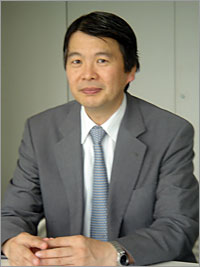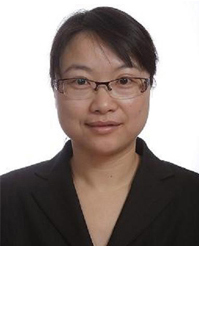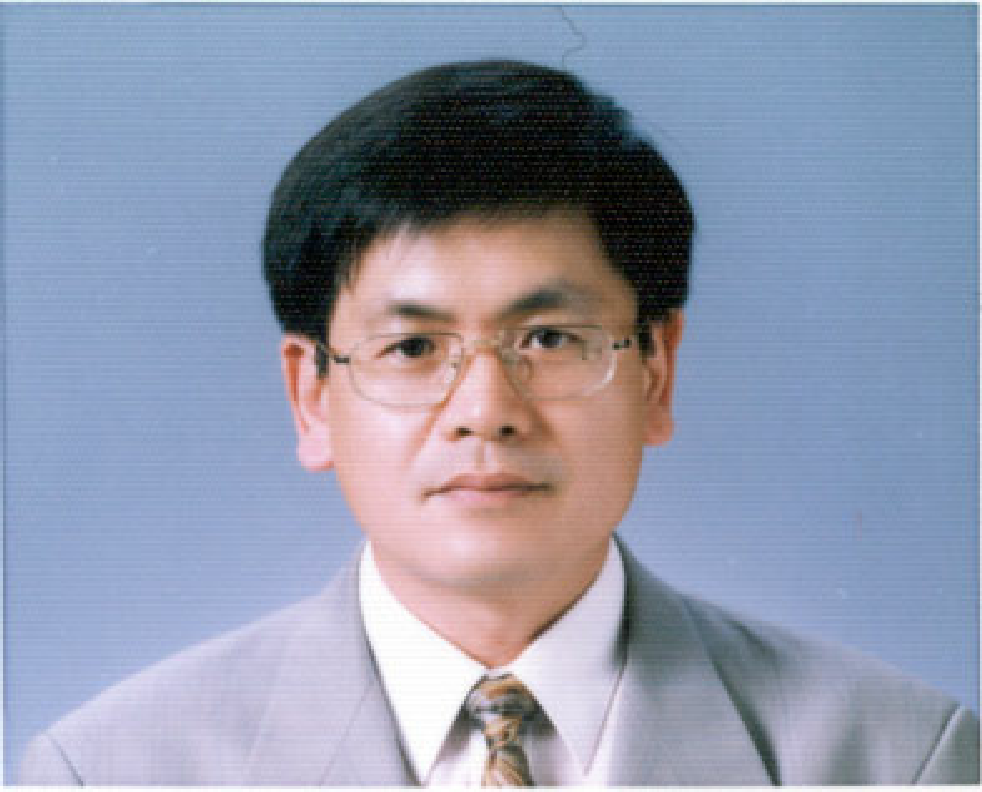Dr. Hiroyuki Mori

Biographical Information
Hiroyuki Mori was born in Tokyo, Japan on November, 1954. He received the B.Sc., M.Sc. and Ph.D. degrees all in Electrical Engineering from Waseda University, Tokyo, Japan in 1979, 1981, and 1985, respectively. From 1984 to 1985 he was a Research Associate at Waseda University. In 1985, he joined Department of Electrical Engineering at Meiji University, Kawasaki, Japan. From 1994 to 1995, he was a Visiting Associate Professor of School of Electrical Engineering at Cornell University, Ithaca, New York, U.S.A. In 1995, he became a Professor at Department of Electrical Engineering at the same university. He is currently a Professor of Dept. of Electronics and Bioinformatics at Meiji University.
His research interests include data mining, kernel machines, multi-objective meta-heuristics, Monte Carlo Simulation, voltage instability, power flows, state estimation, load forecasting, distribution automation, system identification, etc. Dr. Mori is a member of IEEE, AAAI, ACM, SIAM and a senior member of IEE of Japan. He has published 148 papers in IEEE Xplore (Digital Library).
He was the program committee chair, general secretary, chairman, director and member many organizations such as ANNPS2003, CAS, IEEE PES, Evolutionary Learning Systems at Meiji University, ISAP, etc. In 2006, he received the IEEE PES Technical Committee Working Recognition Award from IEEE PES Technical Committee on Power System Analysis, Economics and Reliability.
He will give a talk on “Current Status of Green Energy Policy in Japan”.
Abstract
This talk presents the current status of green energy policy that is related to the outage of nuclear power plants and the linearization of
the electric power networks in Japan. Since the earthquake and tsunamis in Fukushima, Japan in March 2011, the Japanese government has been faced with
the complicated conditions that the outage of nuclear power plants has brought about. The electricity prices have risen under the conditions that
the nuclear power plants are not available. That is inclined to hurt earnings of the power companies. At the same time,
the manufacture companies are forced to be in a severe state in a sense that they have to raise the cost of production.
On the other hand, local people near the nuclear power plants have hesitations to restart them. As the alternative energy sources,
green energy such as PV systems, wind power generation and so on is moved into the limelight with the cleanness.
Although it is expected to introduce a lot of green energy into the power systems, there are some obstacles that promote
the players to take a part in energy business. For example, the capacity of the interconnections between power companies and
the transmission networks still has room to be improved. Also, the complete linearization of the power networks is supposed to start in 2016
so that the institutional reforms of power companies have been made. A power company will be split up to fit for competitive environment.
In this talk, the focus is drawn to the topics of the current status and the challenges of green energy policy in Japan.
Dr. Yi Gao

Biographical Information
Dr. Yi Gao obtained her B.E. degree in electrical engineering from the Zhengzhou University, China, in 1996, and MSc and PhD degrees in electrical power engineering in 2006 and 2010 respectively from the University of Saskatchewan, Canada. She worked for Zhengzhou Electric Power College during 1997- 2003. Since August 2010, she has been working for the State Power Economic Research Institute, under the State Grid Corporation of China.
Dr. Gao is a senior engineer with experience in electric power grid planning, reliability evaluation and renewable energy conversion system reliability analysis. She has published over 30 papers in reputable journals and conferences, and a co-author for three published books. Dr. Gao has completed several key planning consulting projects for State Grid Corporation of China, reviewed over 50 wind farm integration design report, power transmission and transformation project feasibility study reports. She is a member of the CIGRE, a member of the IEEE, a member of CSEE.
She will give a talk on "Development and Integration of Wind Power in China”
Abstract
There are five sections in the speech.
1. Introduction of China Energy. The distribution of coal,
hydro, nuclear, wind and solar will be briefly presented to give the basic concept of power energy in China.
2. Power grid development in China. The progress of power grid could be observed from the data of installed generation capacity,
electricity consumption, power grid scale, reliability level ect.
3. Wind power development in China. Wind power, the most developed and commercialized renewable energy technology, has considerable potential.
The typical interconnection design schemes for wind farm with different installed capacities into a power grid will be presented.
Several wind power outage accidents since 2008 will be introduced to show the reason to modify Grid Code for Wind Power Connection in China.
4. “The twelve- five year” (2010-2015) State Grid development planning considering large-scale wind power integration.
Eight large wind power bases with capacity larger than 10 GW are in plan.
Integrating massive amounts of such resources into the power grid presents is a significant challenge.
Planning deciding-making procedure is briefly introduced.
The methods of selection of transmission mode (HVDC/AC), the joint wind power and coal-fired power transmission mode will be then presented.
Finally, a practical project that Hami-Henan ±800 kV HVDC transmission project will be shown as an example.
5. China wind energy development roadmap 2050. In the next two or three decades, China will need more energy
while reducing fossil fuel consumption and ensuring energy security. To meet the demand for large-scale renewable energy development,
China will position itself to accelerate power system development for the sake of the state, with a strategic perspective.
The efforts proposed in this roadmap, including wind power forecasting techniques, optimal scheduling technology,
long-distance transmission technology and large-capacity storage technology, along with power system reform, will be introduced.
Dr. Yongbeum Yoon

Biographical Information
Dr. YongBeum Yoon received his B.S degree in electrical engineering from Busan National University in 1984, and M.S. & Ph.D degrees from Seoul National University in 1986 and 1995. He worked as a Visiting Scientist at MIT in 1996. Now he is head of ESS R&BD Center in Korea Electric Power Research.
He will give a talk on "4MW/8MWh BESS Demonstration Project in Jeju island, Republic of KOREA"
Abstract
This paper presents the demonstration project results for large-scale grid-connected Battery Energy Storage System (BESS) at 4MW/8MWh capacity in Jeju Island,
Republic of KOREA. The BESS has the three operation modes such as the peak shaving, frequency regulation, and wind power smoothing. That project has been completed
initial testing of the BESS for all modes of operation and collected system performance data accordingly.












